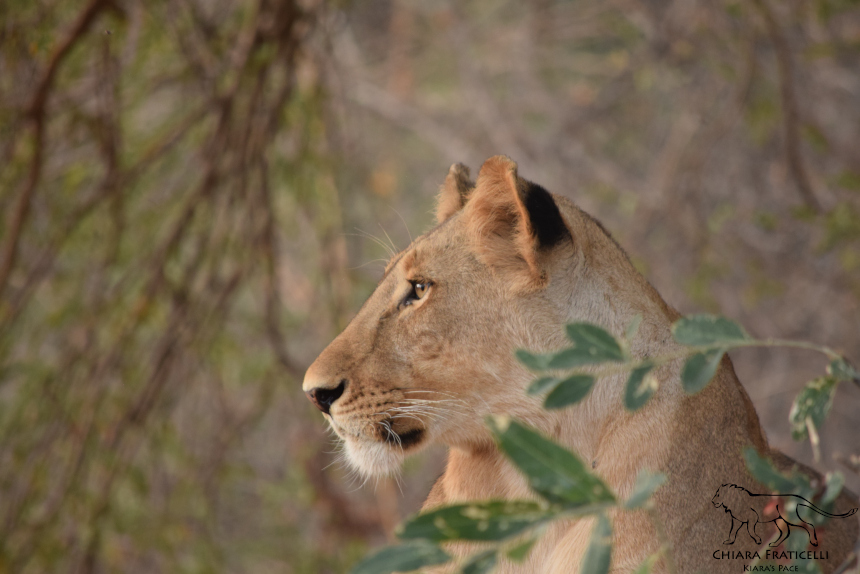
Identifying individual lions is not an easy task, and you need to start from a broad approach and narrow down to unique characteristics. We already saw how important it is to note the area of the sighting, how to see if a lion is male or female, and how to assign it to an age class. After assessing the more obvious and visible traits you start noting and drawing the characteristics that are unique to each lion and make it different from all other lions around.
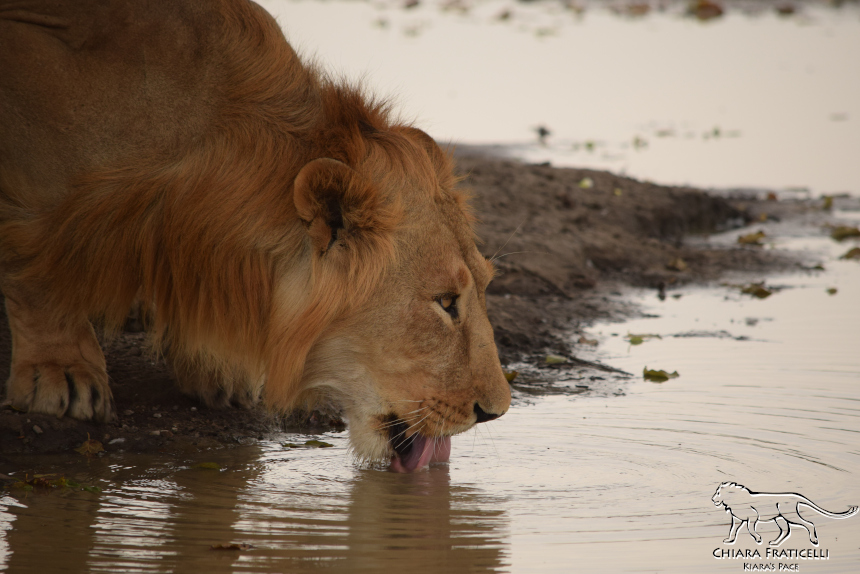
Whisker spots are a lion’s equivalent of a fingerprint. On each side of the muzzle, lions have rows of neatly aligned spots. To identify our lions, we look at only 2 rows: the first complete row of whisker spots, which usually contains between 6 and 9 spots is the reference row, the scattered spots above this row are the identifying spots. To draw our “fingerprint” we note down all the spots of the reference row in the bottom line of our table, and then note the identifying spot’s position based on their location relative to the reference row.
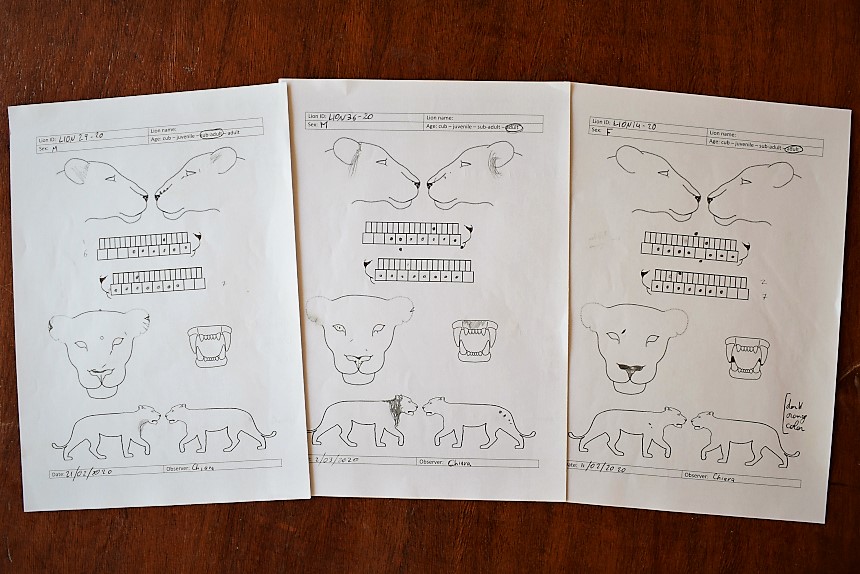
Whisker spots are not always easy to use to identify the lions. While they make each lion unique, you need very good images to properly see them, which means you need to be close, you need to have the right angle, you need to have a good light for pictures… When this is not the case, a combination of other characteristics, often less unique and less permanent, but more evident, can be use to identify the lions. These are the ID sheets for some of the lions in this page, if you want to try and guess who’s who.
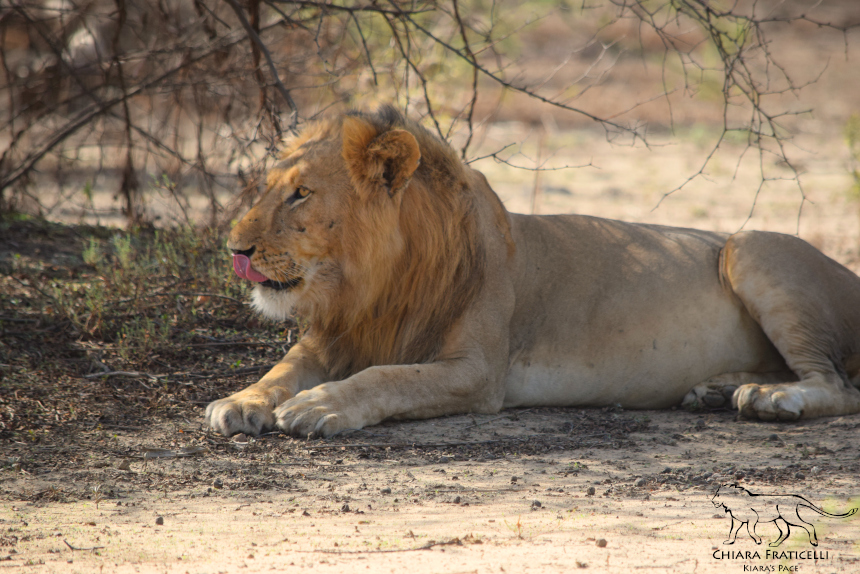
For males, an easily seen characteristic is the mane: size and style of the mane changes depending on the individual. Some lions have a mane that fully encircles their face, others have a mohawk with sideburns; in some cases, it’s short and thick, in others it’s longer but sparser. In younger lions it appears more as a neck beard with some fluff in front of the ears, in older lions it tends to be a full mane that reaches back to the shoulders. To each their style! The mane grows and darkens with age, so obviously this is a characteristic that only allows for short term identification.
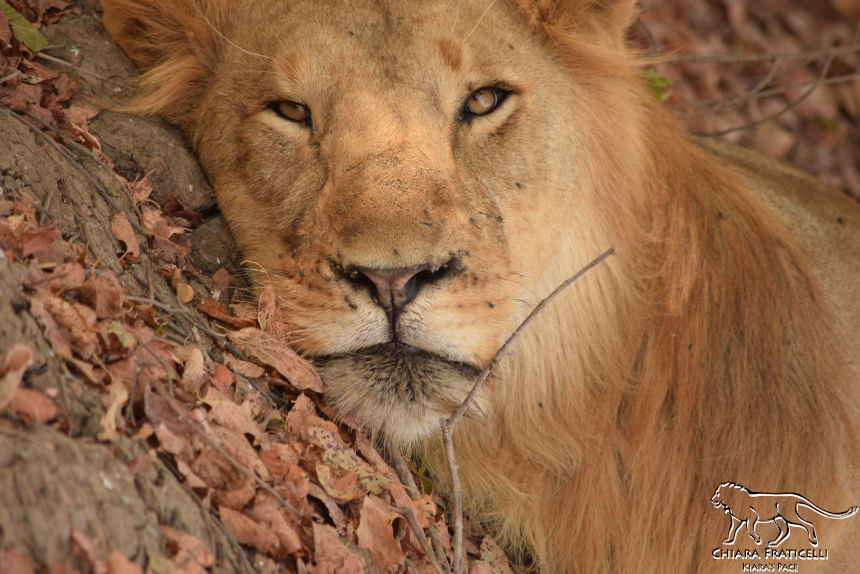
As lions age, the nose that was pink starts to get black spots, then will become mottled black and finally fully black in old age. The colouring of the nose, as well as being used to age the lions, can be used as a short term identifying feature: as the spots start to appear and grow in size, they keep the same pattern and, even though new spots might appear, the old ones are not going to disappear.
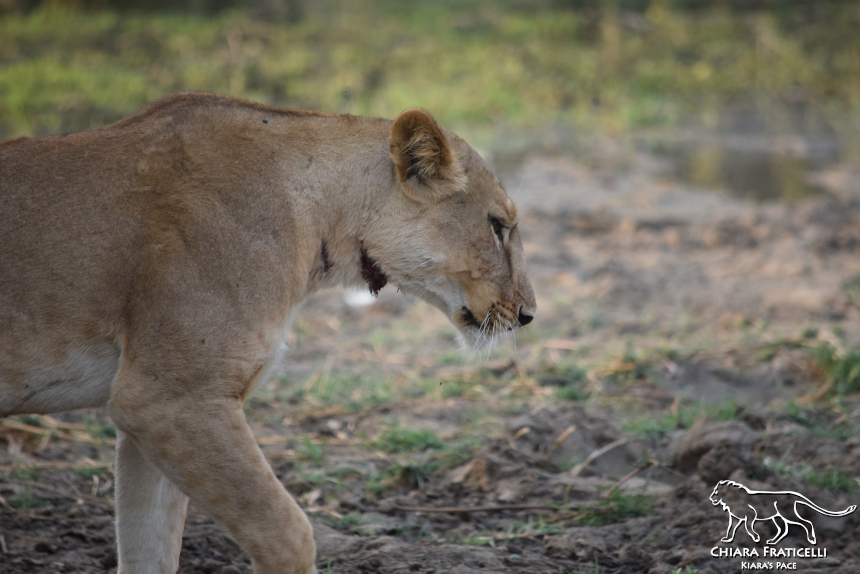
Lions live a life in the wild which brings its own challenges, both in terms of fights with competitors and in fights with prey, which are often feisty and armed with wicked horns or tusks. As a result, the lions often bear scars. These scars are unique and often easily visible marks that allow for good identification. You still need to be careful though because the incredible power of recovery of the lions can make the shallower scars disappear. And not only the shallow ones! This lioness probably attacked a warthog, but the hunt didn’t go well and the prey cut her throat with its tusk. The wound was very large and visible, but it fully healed and in the span of a couple of months not even a small mark remained!
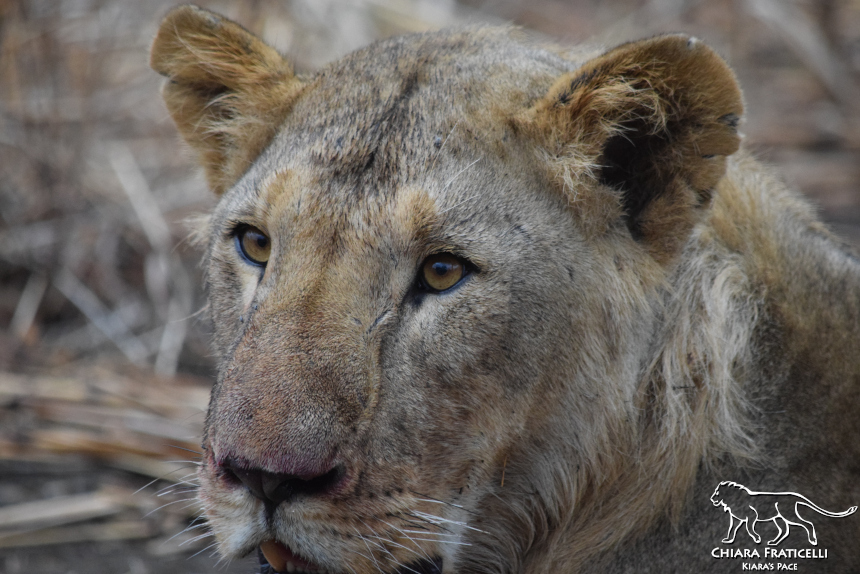
Same as with scars, but perhaps more permanent are the ear tears. Ear notches are often used to mark and identify animals, as it is not a painful procedure, and it is highly visible even at a distance. In our case, we rely on natural ear notches, which the lions get from fights of from thorny bushes. The position, shape and size of the tears makes for good identifying feature, you just need to always keep in mind that the tears might increase between one sighting and the next of the same lions.
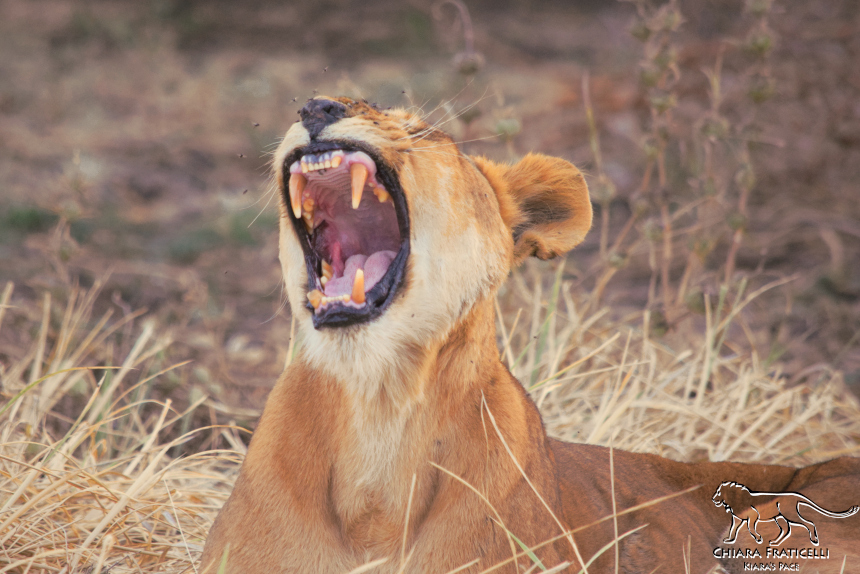
After a long life of biting into the thick hide of wildlife, especially buffalos, it is not uncommon to see lions with broken teeth. The canines are very susceptible to these kinds of breaks, and given the penchant of lions to sleep and yawn all day, taking a look at their teeth to check is not much of a challenge. The broken teeth are often found in older lions, and it’s rare, at least here, to see young lions with broken teeth.
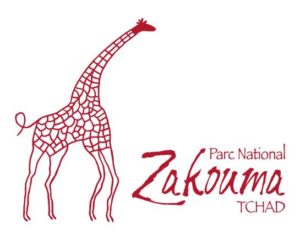 |
 |
 |
Thanks to African Parks who manages Zakouma National Park in collaboration with the Chadian government and to the Lion Recovery Fund for funding this project.